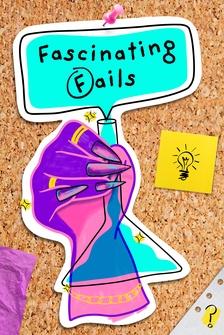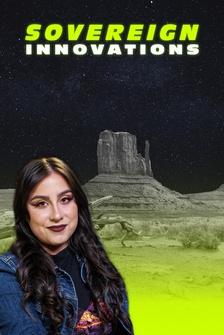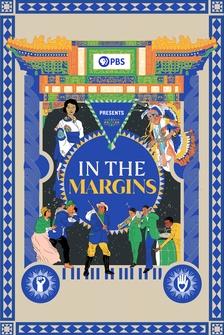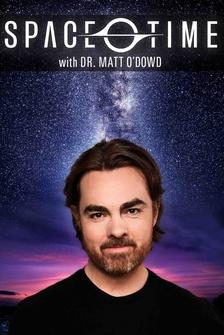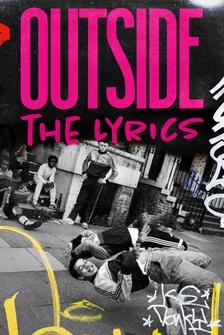Imagine a world where you couldn’t go outside for more than 5 minutes without fear of a serious sunburn, where skin cancer was a leading cause of death, and where crops withered and died under harmful radiation from outer space.
We don’t live in that world, but until the 1980s, we were on our way there, because, unbeknownst to us, substances we used every day were destroying the layer of ozone gas in the upper atmosphere that protects earth from the sun’s most damaging rays.
What we did to avoid that terrible future offers a roadmap for how we could potentially handle a different atmospheric problem: climate change.
[OPEN] Early in the 20th century, we invented chemicals called chlorofluorocarbons - or CFCs - and they were nearly miraculous; non-toxic, non-flammable, cheap, and really useful for purposes as varied as propelling hairspray and fire extinguishers, and as the cooling agent in air conditioners and refrigerators.
We started spraying CFCs on everything, and putting them in everything.
But in 1974 we realized that they were accumulating in the stratosphere, turning into chlorine, and eating ozone for breakfast.
And with less ozone, more ultraviolet rays from the sun could pass down to earth and irradiate our skin.
Because CFCs were a uniquely human invention, the only thing we could do stop them from digesting the ozone layer, was to use less.
And, in a shocking twist for humanity, we did the right thing.
After scientists connected CFCs to ozone depletion, a big US company–SC Johnson–voluntarily removed CFCs from their aerosol products.
This kindled public awareness, and after a few years of messy debate and lobbying, the US Environmental Protection Agency banned CFCs from all aerosols.
The EPA ban created a market for CFC alternatives, and US companies saw a new way to make money by cornering that market.
Realizing they could sell the solutions to the rest of the world, those companies politely asked the US government to lead the charge on international action.
By that time, we’d also identified a huge hole in the ozone layer, and people everywhere were calling for an international agreement.
That agreement was called the Montreal Protocol [ ], and it was the first environmental treaty dealing with a global threat.
A key thing it did was require industrialized countries - the ones doing most of the polluting - to start phasing out CFCs immediately [amount].
It was also written to be very flexible, so as the science evolved, we could add other chemicals to the ban, which we’re still doing [show chems, label ODS, stamp “BANNED”].
Finally, it required rich countries to give cash to developing countries so they could more easily move away from CFCs.
And it worked.
Countries stopped making CFCs, and today, around 30 years later, the ozone layer is stable, and the ozone hole is healing.
This was a huge success.
How’d we do it?
By transitioning away from a useful substance that we used everyday in our homes and our jobs.
Huh, that sounds similar to something else I’ve heard about.
I wonder if we can take any lessons from protecting the ozone layer and apply them to how we address that other global atmospheric challenge - climate change.
Like we did with CFCs last century, today we’re emitting other gases that get into the atmosphere and screw things up [GHG tells CFC: “You’re SO last century”.
And what these greenhouse gases do is trap heat.
So, in order to keep the planet from getting too hot, we need to reduce our greenhouse gas emissions.
What’s interesting is, just as SC Johnson moved away from CFCs, we’re seeing some companies today–including that same company–committing to using more renewable energy and lowering their emissions.
And the major international agreement we’ve written up to take action on climate change is modeled after the Montreal Protocol in a lot of ways.
Rich countries need to clean up quickly and to provide money for developing countries to do their part.
Of course, to get rid of CFC emissions, we pretty much just had to replace refrigerators and air conditioners that used CFCs with ones that didn’t.
Fossil fuels, on the on the other hand, are something we burn to power basically everything, so preventing greenhouse gas emissions will be slightly more challenging.
So, we can’t fix climate change exactly like we patched up the ozone layer.
But it is a useful recipe for how governments, markets, and consumers worldwide can cooperate to solve a big problem.
I mean, we used to think CFCs were an essential part of life, but we banded together and figured out how to move beyond them, which gives hope that we might be able to do the same thing with fossil fuels.
I’ll leave you with this, imagine if your grandchildren could look back on climate change someday in the same way that I can now look at what happened to the ozone layer.
Right before I was born, we were able to get our act together and change course, avoiding a pretty terrible future.
Here’s to hoping we can do that again.




